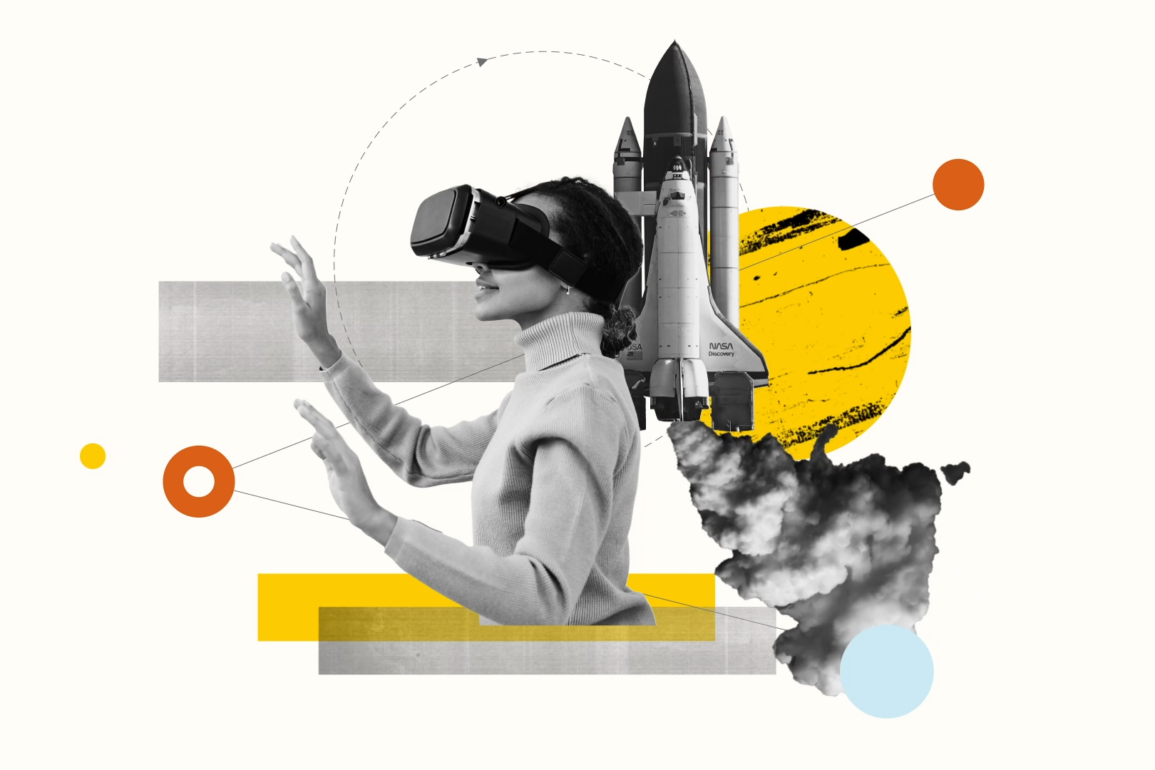You hear about brand authenticity everywhere these days. About bringing brands “closer” to their customers with behind-the-scenes looks at how they make their products and publicizing their social giving. But is that really all it takes to create an authentic brand that connects sincerely with people?
Not really. Most people can see right through it to see what a brand is really about and if it relates to them. They see the big gap between those publicity stunts and what matters to them. There needs to be a better alignment of what a company says it’s about and the community values they live and breathe every day.
This is where ecosystem design comes in. Ecosystem design helps you bridge the gap between your company’s stated values, its products and services, and the values of the people you’re trying to serve. It helps companies turn missed connections into deep, meaningful relationships that last. Ecosystem design connects your company values to your value proposition and, then, to what your stakeholders care about. People will finally understand who your company is and connect. When you align your company’s positioning, values, and goals with the communities you wish to serve, you’ll create deeper and longer-lasting relationships.
What is ecosystem design?
Ecosystem Design is the process of positioning your brand, message and product in a way that adds value to the stakeholders and audiences you wish to serve. It allows you to show value in ways that attract others to do more business with you. Companies that are self-aware enough to discover, analyze, understand, and take intentional marketing action with the audiences they wish to build deeper relationships with will see success with ecosystem design.
Why do it?
Companies have become so focused on customers and segmenting personas that they need to remember what ties people together: their shared values. But values don’t exist in a vacuum. They overlap people and reveal the interdependence between them. — That’s a community or ecosystem. Marketing and sales teams’ focus on individuals naturally excludes collective concerns and values.
Today’s communities are adept at sniffing out artifice in marketing and messaging, so if your company’s values don’t match up, they’ll look elsewhere. Combine this with their tech-savvy research skills, and they’re pragmatic in the solutions they choose because they need real-world results and are put off by traditional marketing because it’s often inauthentic and too transactional. They’re fueled by authentic and empowering relationships that speak to their values and obstacles directly.
That goes for all generations in today’s workplace: Boomers, Gen Xers, Millennials, and so on. According to Jennifer J. Deal, a research scientist with the Center for Creative Leadership, it’s because all generations have similar values and want similar things at work. Everyone wants to learn so they can do their jobs well, she explained in her book, Retiring the Generation Gap: How Employees Young & Old Can Find Common Ground. Everyone wants respect, whether by giving weight to the opinions and experiences of older generations or listening and paying attention to what younger people have to say.
Shifting to a collective, values-centric paradigm for sales and marketing makes it easier to drive messaging from an authentic perspective and have a greater impact.
Why ecosystem design fuels authenticity
Simply put, ecosystem design provides more value to stakeholders and audiences, helping audiences to grow and move forward. It shifts the perspective from simply earning revenue to helping and lifting up your audience and the community as a whole. For example, we helped recenter Radiant Logic around values that resonated with modern audiences so their communities would feel like they “knew” Radiant Logic as more than just a tech services provider.
From a nuts and bolts perspective, it helps marketing and sales concentrate their activities on building relationships, not transactions. It encourages the notion of building the “know, like, and trust” factor that marketers so often talk about and takes it a step further. (That’s the idea that if your audience knows you, likes you, and trusts you, they’ll buy from you again and again.)
It ensures a community-centric approach to all activities, fueling collaboration and engagement around your company, its values, and more. Sales teams will uncover the collective things that matter most to them and can feed that back to marketing. In turn, marketing can use that information to create content that delivers on those needs and speak directly to them.
This collaboration and continuous improvement approach shows a willingness to adapt and change that sales and marketing only sometimes have. Many of these teams blindly stick to their campaigns or funnels even if they’re not working or connecting with communities. Team members aren’t allowed to change or pivot based on what they see in the real world.
It’s why we love working with our clients. They’re partnering with us, going along for the values-based, ecosystem design ride. Together, we uncover the values that matter to your company, align them with your communities, and tend the fire that burns at the heart of those thriving ecosystems. Design for authenticity and connect with all your stakeholders.






